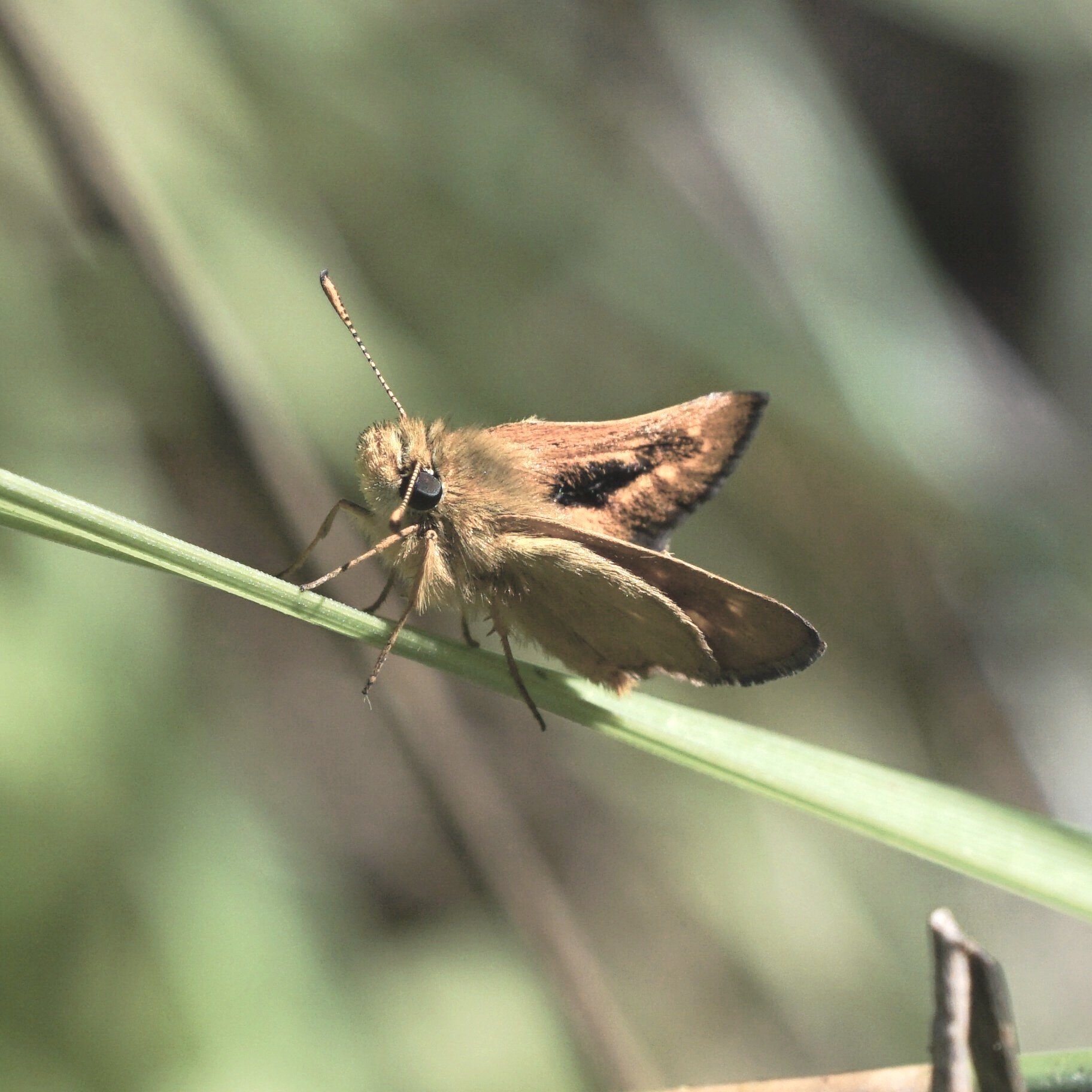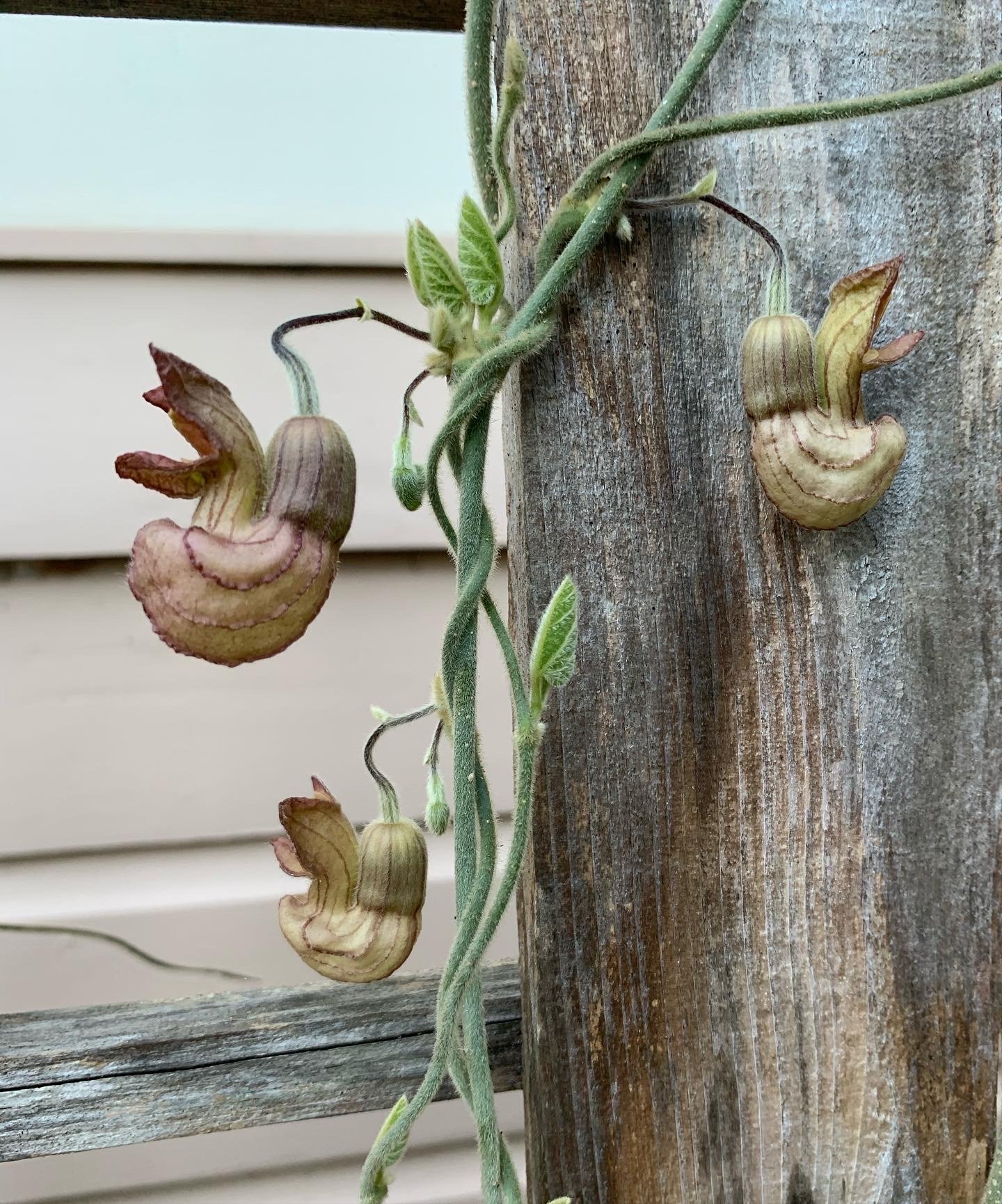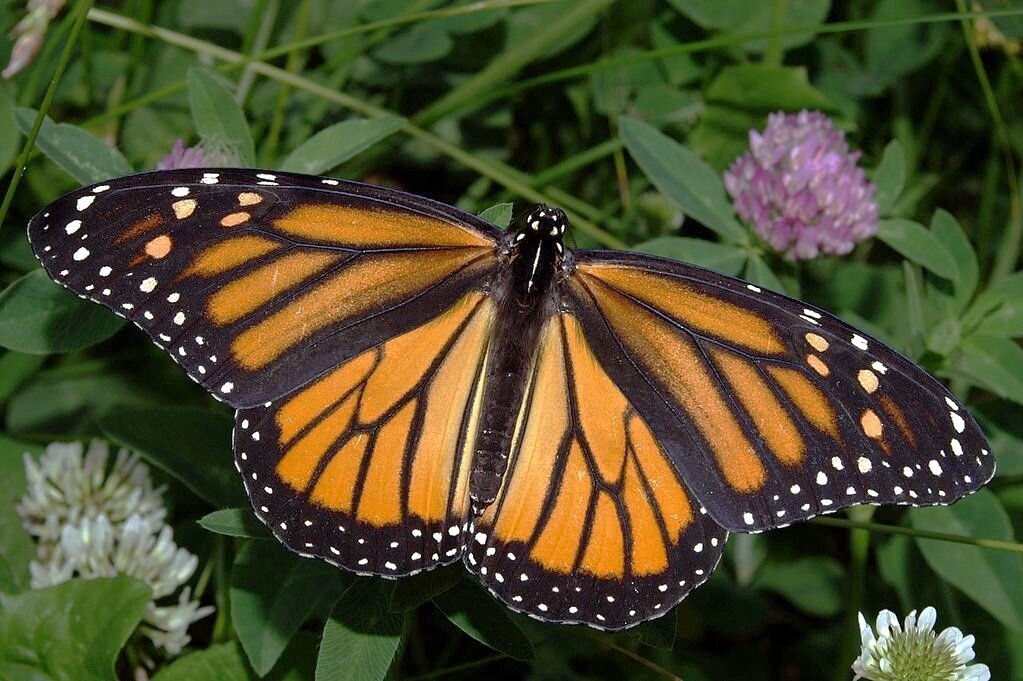
Butterfly Information
The importance of butterflies (& moths)
Lepidoptera life cycle & activity in our Gardens.
Butterflies and moths are insects belonging to a scientific group named Lepidoptera. Understanding butterflies can help us support our local wildlife because moths and butterflies provide critical functions within their ecosystem. Providing for butterflies supports a community of wildlife. Habitat loss is an enormous threat to native butterfly species and many other animals.
Pollination, the 24-hour shift.
While moths and butterflies drink nectar from flowers, the hairs on their bodies will pick up and transport pollen between flowers—making them beneficial pollinators. Butterflies visit flowers during the day, while the majority of moths drink nectar at night. The presence of both night and day pollinators has been shown to improve plant production—providing seeds and fruit for other animals.
Butterflies are on the menu.
Butterflies and moths are food for many animals in all of their life stages. Many nesting songbirds depend on caterpillars to feed their young.
Frass happens.
Frass is a fancy word for insect poop. A caterpillar’s frass can add important nutrients back into the spoil, fertilizing the plants they feed from.
Why Support Butterflies?
Butterflies in our Garden.
Before booking an appointment, you will want to pay an account for the weather. The odds of seeing butterflies in flight will vary throughout the year and day to day. Butterflies are cold-blooded animals and are most active on a calm, warm day. Early spring is typically active except when the coastal fog lingers through the morning. Some butterflies live in our Gardens throughout their entire life cycle, while others migrate through the landscape. In certain months, we could be considered more of a caterpillar or chrysalis garden! Continue below to learn more about the butterfly lifecycle!
Butterflies in flight.
April - June is the most popular time to visit. During these three months, abundant flutterings of the large swallowtail butterflies are commonly seen, favoring fair weather conditions (not too hot, cold, or windy, but just right!). Large groups of pipevine swallowtail caterpillars are generally seen towards the end of May - June.
July - October The abundance of large swallowtail butterfly sightings per visit is typically modest in comparison to spring. Smaller butterflies, such as those of the skipper family (Hesperidae), increase in abundance as the weather warms. The gardens will usually encompass an increase in butterfly diversity throughout the summer months. Being in the right place at the right time (slowing down near “flyways” and nectar/host plants.) plays an important role in observing butterflies in flight. California sister, Monarch, California dogface, common checkerspot, purplish copper, and mylitta crescent are a few of the species seen in flight throughout the summer and fall.
Observing Butterflies Outside.
BUTTERFLY BEHAVIOR
Flyway: an aerial path or “highway” that butterflies will frequent. If you see a butterfly pass by, it may return to the same area, stay a while to see!
Nectaring: Sipping from a flower with a long straw-like mouth called a proboscis.
Puddling: Sipping dissolved minerals and salts from wet/dry earth, rotten fruit, sap, or animal droppings.
Basking: Soaking up sunshine to warm their cold bodies. A butterfly’s wings efficiently absorb the sun’s energy for warmth.
Ovipositing: Females lay eggs on specific host plants, singularly or in clusters depending on the species
Hilltopping: Males patrolling a high spot to defend territory and seek mates.
CATERPILLAR CLUES
Please do not handle caterpillars or pick plants while visiting the Gardens.
To find caterpillars...
• look for the caterpillar’s host plant
• look for chewed leaves
• look for caterpillar droppings (frass)
Caterpillar Matching Game (print double-sided) - Revised version 2024. Can you match the caterpillars with the moth or butterfly they turn into? After printing this game on the double-sided setting on your printer, cut out the square caterpillar and moth/butterfly cards. Check the answer sheet or flip over each card to see if the numbers match each other.

The Butterfly Life Cycle
Metamorphosis
Life cycle photos were taken at Hallberg Butterfly Gardens of the pipevine swallowtail.
Egg (ovum)
Metamorphosis begins with the female butterfly laying eggs on a host plant (caterpillar food). The Monarch will lay a single egg on a leaf, while other butterflies, such as the pipevine swallowtail, lay clusters of eggs together.
2. Caterpillar (larva)
Most often, after 4-10 days, the butterfly eggs will hatch. The tiny caterpillar may eat its own eggshell for an added dose of nutrients before moving on to consuming its host plant. The majority of its diet will be the leafy greens of the plant, but many caterpillars also eat the flowers and other parts of their host plant. The caterpillar’s skin looks stretchy and rubbery, but it has its limitations. After an allotted amount of growth, the caterpillar needs to shed roughly 4 times to accommodate its rapid gain in size.
3. Chrysalis (pupa)
When the caterpillar is finished growing, it sheds its skin for a fifth and final time, revealing the chrysalis or pupal phase. During this time, its body components are broken down and reformed into an adult butterfly. A caterpillar will pupate on or away from its host plant. If the chrysalis is not going to overwinter (comparable to hibernation through the winter), the butterfly will usually emerge in 10 -14 days.
4. Adult Butterfly (Imago)
Once the butterfly is completely formed from the chrysalis, the chrysalis will split open, and the butterfly will emerge and begin pumping its wings full of blood. It will hang while its wings dry before flying off to nectar on flowers and searching for a mate or host plant to lay eggs. This portion of the butterfly lifecycle is often shorter than the caterpillar stage. Butterflies, as adults, often live for 2 - 4 weeks.

Butterfly Essentials
Let’s talk about plants!
Host plants are caterpillar food! Leafy greens and sometimes flowers or fruit provide a caterpillar with the nutrients it needs to grow. Some caterpillars will only eat one type of plant, while another species may eat many different kinds of host plants. Click on the photo above to see what host plants are native to your area on the California Native Plant Society project, Calscape!
Nectar Plants provide nectar from flowers for the adult butterfly to drink with a straw-like mouth called a proboscis. Nectar plants can have many differently shaped blooms—some butterflies prefer certain flowers while others visit a variety. Click on the photo above to learn more about native nectar plants from the California Native Plant Society!
Observation Records
To date, more than 54 varieties of butterflies are known to have visited the gardens.
HBG Butterfly Species List - Butterflies listed by scientific family
HBG Observations
(INaturalist - live public database)
California Natives (flora & fauna)
Record Keeping - Dot it yourself
Keep track of your observations at home or while visiting Hallberg Butterfly Gardens!
Butterfly Host Plant List & Observation Form - Review examples of local butterflies and the plants their caterpillars eat (host plants) and record your observations of butterfly activity throughout their lifecycle. Please be mindful not to disturb plants and animals while making observations.

We encourage you to visit the Xerces Society of Invertebrate Conservation webpage for plant lists, Monarch information, bee-safe plants, and many other printable publications supporting the conservation of butterflies and pollinators.






